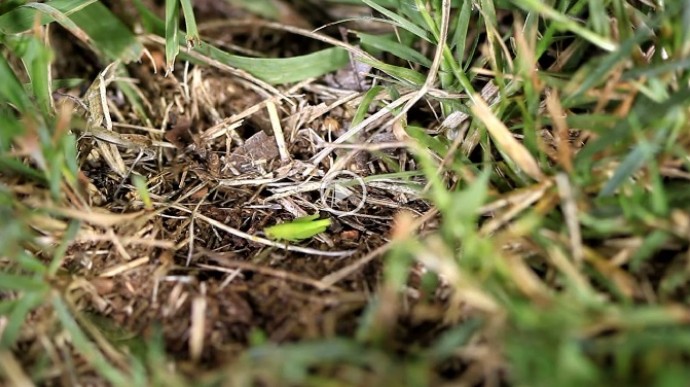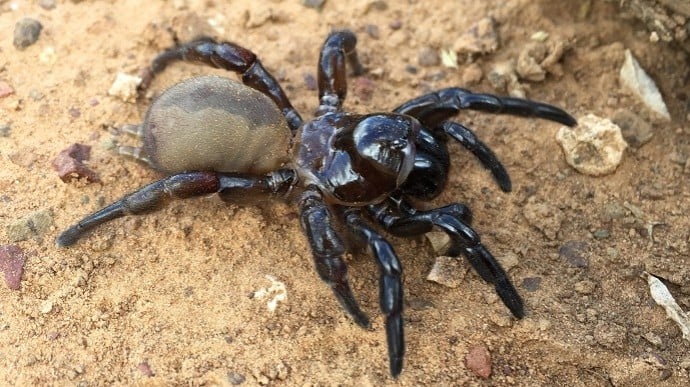 Story
Story
The articles in this edition showcase work from all nine of our faculties, and underscore our University’s slogan ‘Make today matter’. RE.SEARCH has been named South Africa's top corporate publication as the winner of the 2024 SA Publication's Forum Awards. It is a runner up and finalist in the Excellence category for Communication (runner up), Design and Photography (finalist) and the...
 Infographic
Infographic
Dung beetles likely date back to Africa some 40 million years ago. They then spread across the world, except to Antarctica. Most dung beetles feed on dung. They lay their eggs in dung balls that are buried underground so that their developing larvae have enough food and easy access to it. Their digging helps to nourish and loosen the soil, and improves its water-holding capacity.
 Story
Story
Over the past two decades, field trips in search of dung beetles have taken University of Pretoria (UP) doctoral student Christian Deschodt across Southern Africa. But it was a well-trodden walk to fetch his kids from school, a mere 1,5km from his home near Hartbeespoort, that saw him stumble upon an entirely new species.
 Gallery
Gallery
In another paper, Deschodt described yet another new species. Onthophagus pragtig most likely only feeds on the innards of dead millipedes. It is one of 20 species that is part of a small group of dung beetles in the genus Onthophagus. All other species in this group are known to prefer feeding on the soft internal organs (or viscera) of dead millipedes.
 Story
Story
In a world in which there is an ever-encroaching digital footprint and high-tech solutions, it is vital that we reconnect with an outlook of compassion, care and communication. We do this through connection and connectivity. The theme of our latest issue, ‘Connect’, highlights how UP lives up to its motto, “Make Today Matter”, and demonstrates how our African research connections and...
 Gallery
Gallery
The aim of the Karoo BioGap study was to better understand the interconnected ecosystems and sensitive habitats of the notoriously under-surveyed arid region. The endeavour led to the description of various new species of trapdoor spiders. Have a look at some pictures from the field here.
 Video
Video
Watch carefully to see how a trapdoor spider catches its prey through its trapdoor.
 Infographic
Infographic
Trapdoor spiders hide in underground burrows that are covered with a cork-like lid made of soil, silk and plants. Learn more about trapdoor spiders with this infographic.
 Story
Story
Nine new trapdoor spider species have been discovered in the Great Karoo by researchers at the University of Pretoria’s (UP) Department of Zoology and Entomology, and the Agricultural Research Council (ARC).
Copyright © University of Pretoria 2025. All rights reserved.
Get Social With Us
Download the UP Mobile App